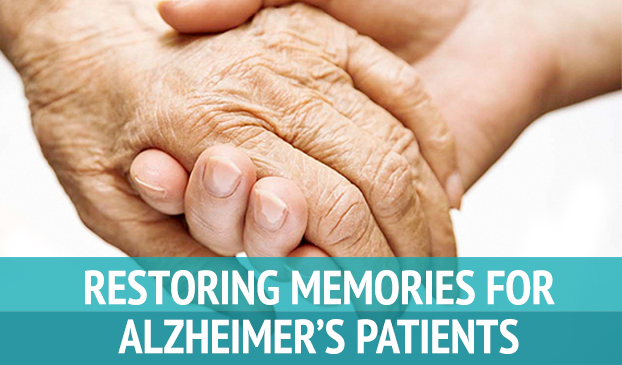Alzheimer’s effects more than 20 million people every year. Some new findings from the University of Queensland may offer promising treatment options for the plethora of people who suffer from the disease.
The study utilized ultrasound to stimulate certain brain cells and attack the plaque that is commonly associated with Alzheimer’s disease. By scanning certain regions in the brain of a mouse, researchers were able to activate the brain’s microglial cells, which ate the plaque and returned the brain to normal.
Plaque is a Key Indicator of Alzheimer’s Disease
Microglial cells are supposed to be able to eliminate the plaque, but for some reason this ability is impaired in patients with Alzheimer’s disease. Scientists have suspected that the elimination of this plaque, also known as amyloid beta, could hold the key to curing this tricky and life-damaging disease.
The study used micro bubbles that vibrate in coordination with the ultrasound to open up the blood-brain barrier. Traditional drug treatments have had difficulty treating Alzheimer’s because passing through the blood-brain barrier is not an easy task.
“We think this is a very versatile and effective approach to getting drugs and other therapeutic agents across the blood-brain-barrier,” study author Gerhard Leinenga said. “Treatment of neurological diseases such as Alzheimer’s disease is hampered by the inability of most drugs to cross the blood-brain-barrier and the ultrasound treatment overcomes this road block to developing therapies targeting the brain.”
The Ultrasound Technique Cleared the Plaque in 75 Percent Of Mice
The mice in the study also showed signs of improved memory and cognitive function. They performed better on memory tests that were conducted after the study. The researchers found that the microglial cells actually consumed the amyloid beta plaque, which is what researchers believe caused the memory improvement.
While the research is promising, it does not provide definitive proof that this procedure will work in the human brain.
A Cure for Humans on the Horizon?
“The human brain is much larger and more complex than a mouse brain, and so far we only tested the therapy on mice,” Leinenga added.
He believes the next important step in the study will be to utilize this technique in animals with larger brains and thicker skulls to help determine a better prediction of how humans will react to the treatment.
“Potentially it could be given to human patients as a trial therapy at the end of further testing and adapting the treatment to larger brains,” he said.
There is currently no cure for Alzheimer’s disease, but there are many options available that can help with its cognitive and behavioral symptoms. It is a serious disease, with the average life expectancy after diagnosis ranging somewhere between three and nine years.
People that are diagnosed often slip away from society and become unable to function. Alzheimer’s currently accounts for nearly 70 percent of the reported cases of dementia and effects roughly 6 percent of all people over the age of 65.
As more treatment options like the ones presented by the University of Queensland become available, a cure that could help to reduce these high numbers of untreatable cases may be on the horizon.
CitizensReport
Latest posts by CitizensReport (see all)
- 4 Natural Alternatives To Energy Drinks That Will Make You Feel Healthier - February 19, 2018
- NBC Nightly News Publishes Expose On IVC Filters - February 18, 2018
- Good Sugar, Bad Sugar: Why You Should Eat More Fruit - February 16, 2018



Join the discussion